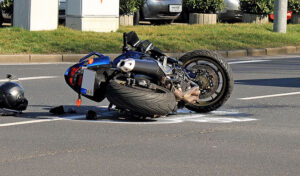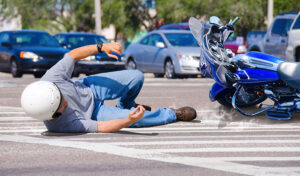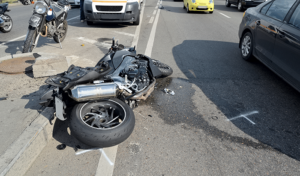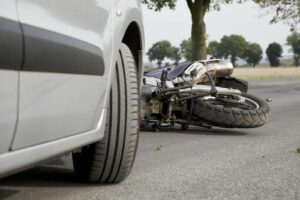
Lane Splitting Can Lead To Serious Motorcycle Accidents
Motorcycle accidents happen everyday on our Utah roadways, and one major cause of these accidents is lane splitting whether traffic is stopped or not. If you ride a motorcycle as

Motorcycle accidents happen everyday on our Utah roadways, and one major cause of these accidents is lane splitting whether traffic is stopped or not. If you ride a motorcycle as

Riding a motorcycle is a thrilling experience, but understanding essential motorcycle safety tips is a necessary task before hitting the road. Safe riding practices will help reduce the number of

Motorcycle accidents often result in devastating outcomes, so understanding how to protect yourself as an operator is essential. Today, we’re diving deep into the statistics behind motorcycle accidents and sharing

Motorbikes have high-performance capabilities and can be a safe way to travel, but when motorcycle accidents occur, operators are at risk. Since motorcycles do not offer the same protection as

Although motorcycles are a great mode of transportation, motorcycle accidents can happen at any time to even the most skilled drivers. The freedom and exhilaration that comes from riding motorcycles

For most motorcyclists, nothing compares to the thrill of riding out on the open road. Some riders appreciate the aesthetic of a high-quality bike, and others are passionate about the

With little to protect motorcyclists in the event of a collision, injuries sustained in motorcycle crashes are more severe compared to other vehicle crashes. Motorcycle helmets can help ensure a

You’ve been eyeing a new motorcycle online or in a showroom, but have heard horror stories of people seriously injured or killed on a bike. You want to ensure it’s

No matter how much of a good driver you are, there will always be risks associated with being on the road. Safe drivers can be caught off guard when behind

If someone stops suddenly or unexpectedly while on the road, this can lead to major collisions. It’s important that other motorists be aware of your intentions on the road. Like

No matter how careful and attentive you are while riding, some motorcycle accidents are unavoidable. When motorcycle accidents are caused by equipment failure, riders typically have no idea a problem

What comes to mind when you think of motorcycle accidents? Collisions? Cars making left-hand turns? Chances are, debris is not the first thing that comes to mind. However, many motorcycle
UTAH INJURY LAWYERS
Flickinger • Boulton
• Robson • Weeks
PROVO OFFICE
3000 N University Ave
Suite 300
Provo, UT 84604
SOUTH JORDAN OFFICE
10393 S. Temple Dr.
Suite 103
South Jordan, Utah 84095
OFFICE HOURS
Monday- Friday: 8AM-5PM
Saturday-Sunday: Closed
*Disclaimer: the information provided by this website is for informational purposes only and should not be considered legal advice or a substitute for competent legal counsel.
**SMS consent and contact phone numbers will not be shared or sold to third parties or their affiliates for any purpose.
© 2025 All Rights Reserved.